Etching is the method of imprinting, scratching or otherwise forming grooves and fine lines on the surface of a material using machines with either CAD or CNC technology, hand-etching tools or the process of chemical and acid etching.
Etching can be used to serve many different purposes including: decorative work on jewelry, firearms and musical instruments, text and basic designs on plaques, medals and trophies, or for industrial purposes such as electric circuit boards, brake rotors and fuel cell plates.
Furthermore, the medical field makes wide use of etched stainless steel, and intricate components and precision parts can be fabricated using stainless steel etching. This special alloy is not only corrosion resistant and low maintenance, but it is also fully recyclable.
The designs and uses are virtually endless and the ability to etch the surface of the product according to a custom design or pattern further adds to its usefulness. Stainless steel etching may be applied to a variety of shapes and thicknesses of stainless steel plates, foils and parts.
Stainless steel etching using chemical milling or acid etching is a popular alternative to other forms of metal fabrication such as stamping, laser marking or water-jet cutting, as it uses minimal mechanical processes and it cost-effective.
Stainless Steel Indexed Plate – Tech-Etch, Inc.
Parts are able to be fully processed in a shorter turnaround time than other procedures, and often do not require secondary finishing.
In the chemical machining process, the surface of the metal part or sheet is covered with a masking layer – either of tape, wax resistant coating, epoxy or elastomer, or a photoresist – and using a scribe and peel method, or in the case of a photoresist, targeted UV light, the desired design or image is applied to the masking layer.
The chemical or reagent is then applied to the metal part, and the exposed areas are corroded or removed. In the case of stainless steel, ferric chloride is the acid most commonly used for etching purposes.
When the desired depth of etching or engraving has been achieved, the acid is stripped from the part, and the masking layer removed to reveal the etching.
Milling and grinding machines are also used to achieve certain etching finishes on stainless steel, especially on stainless steel sheeting used for larger decorative purposes and a wide range of options are available with these methods.
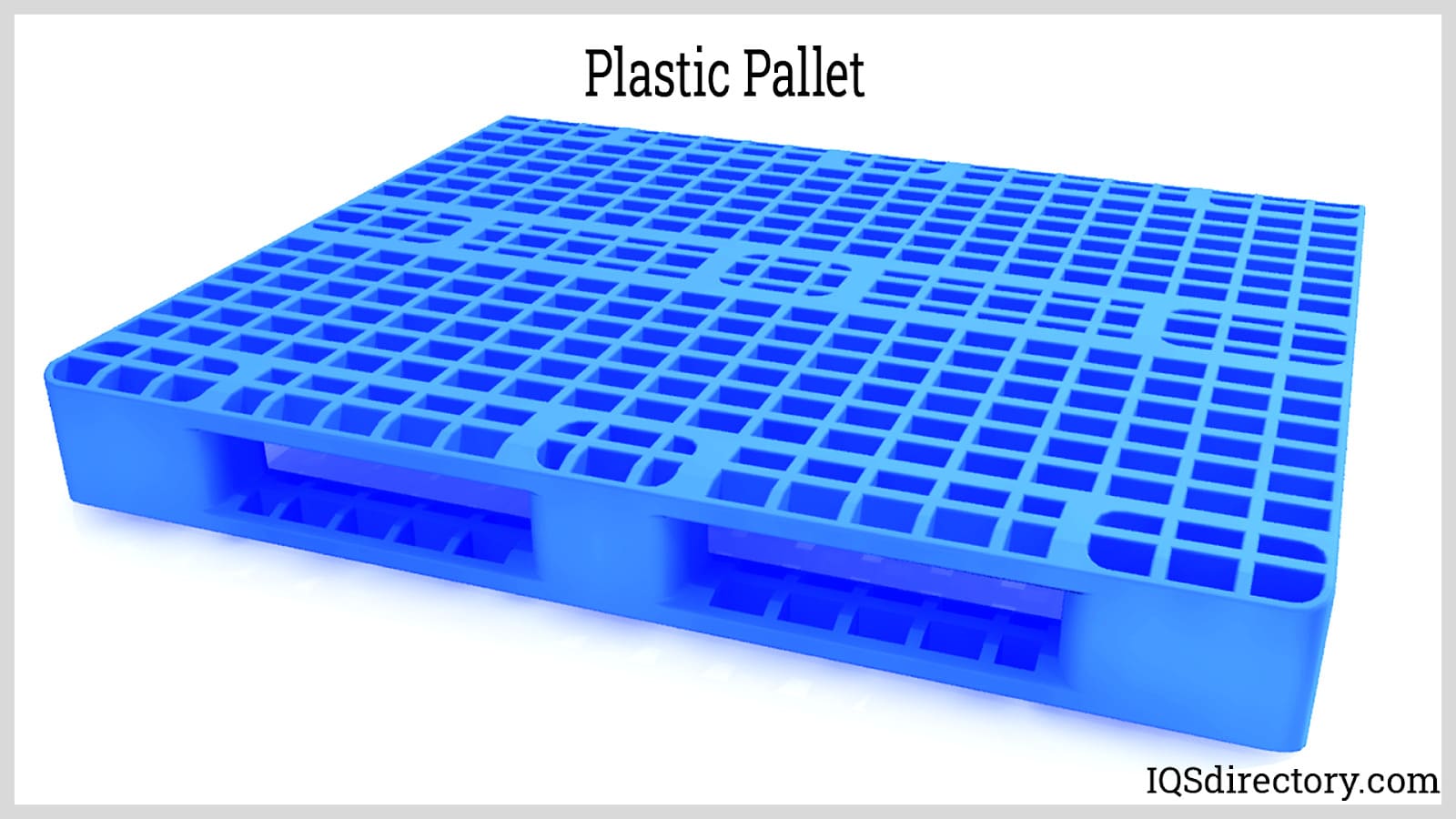
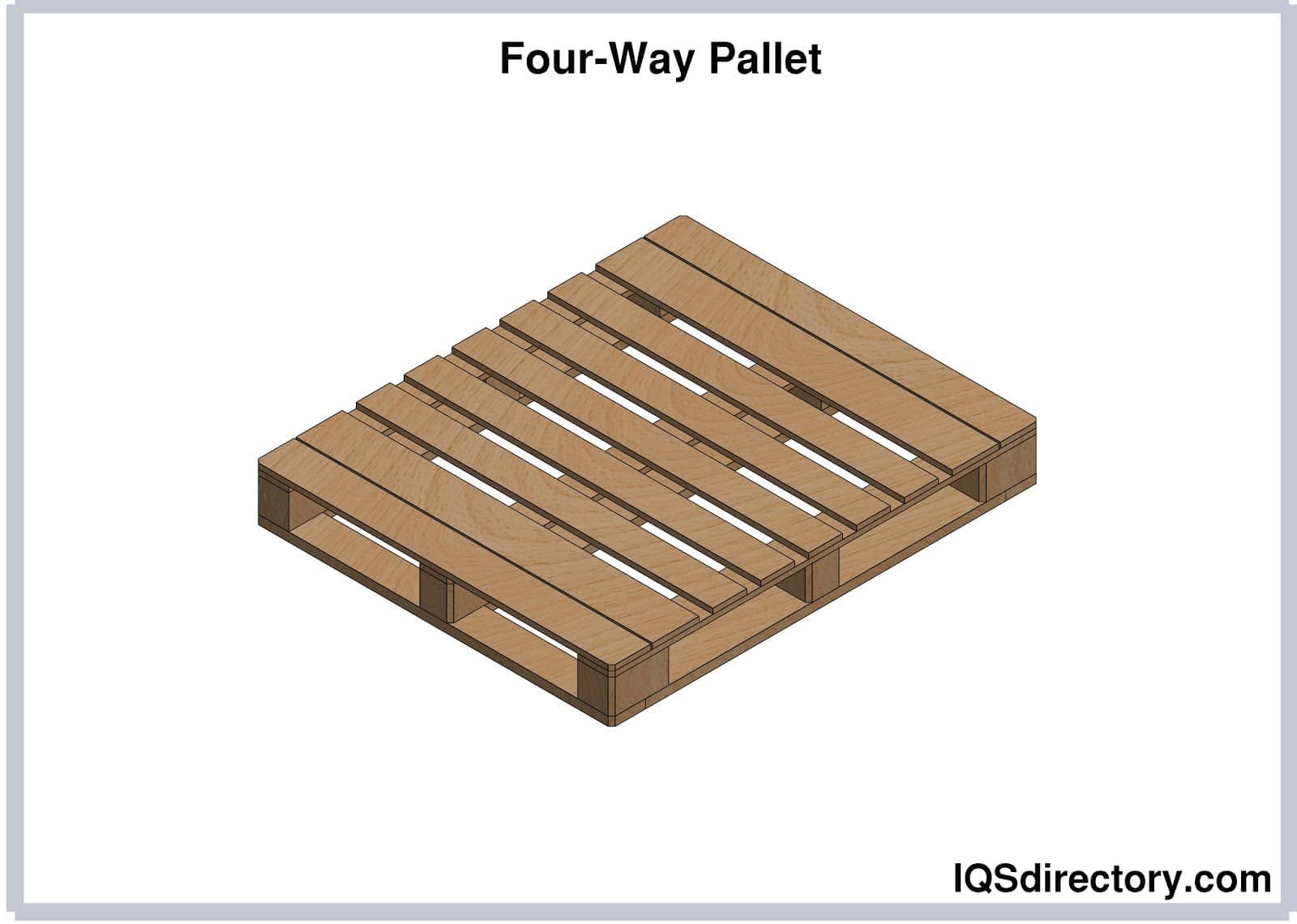
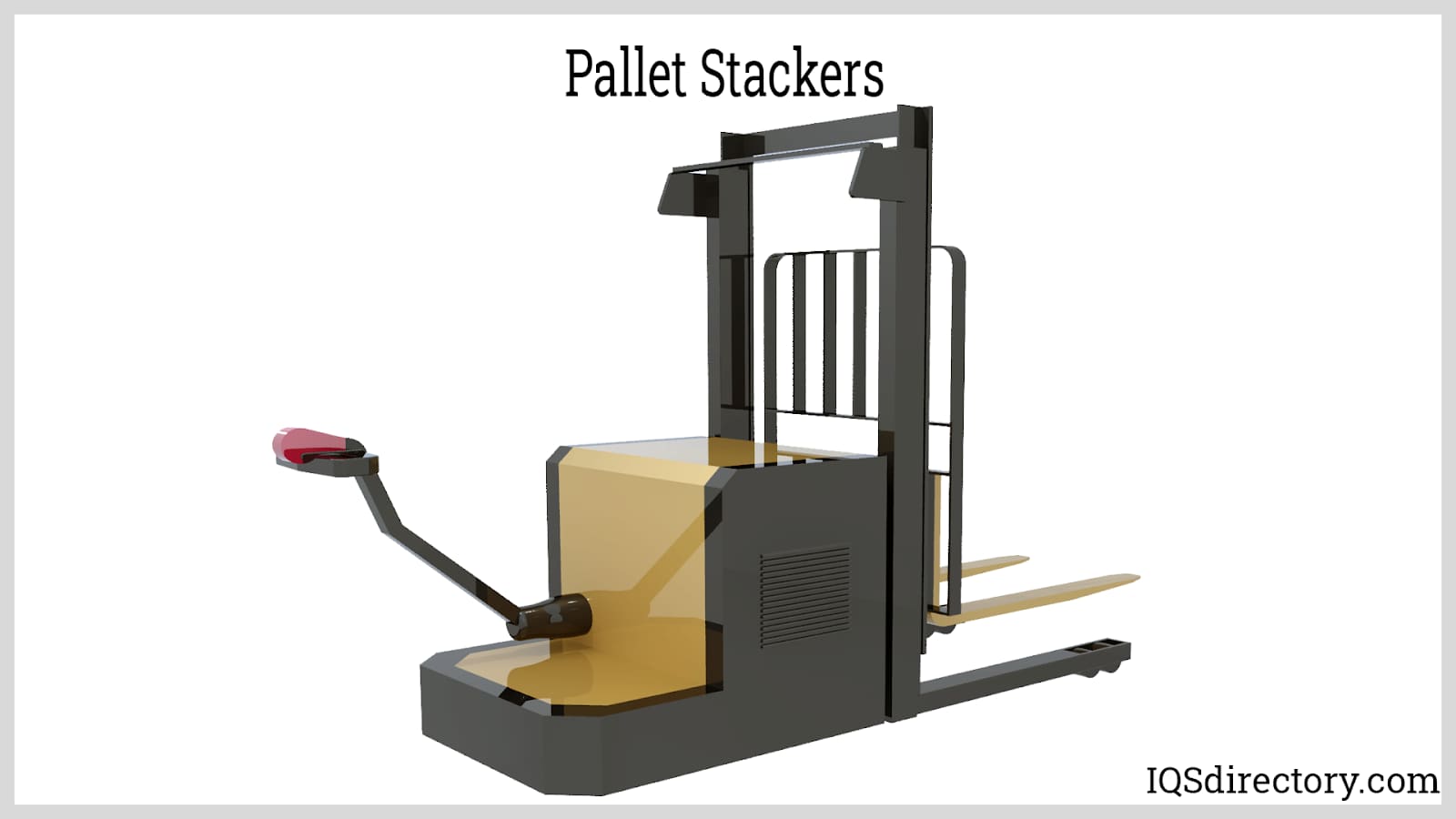
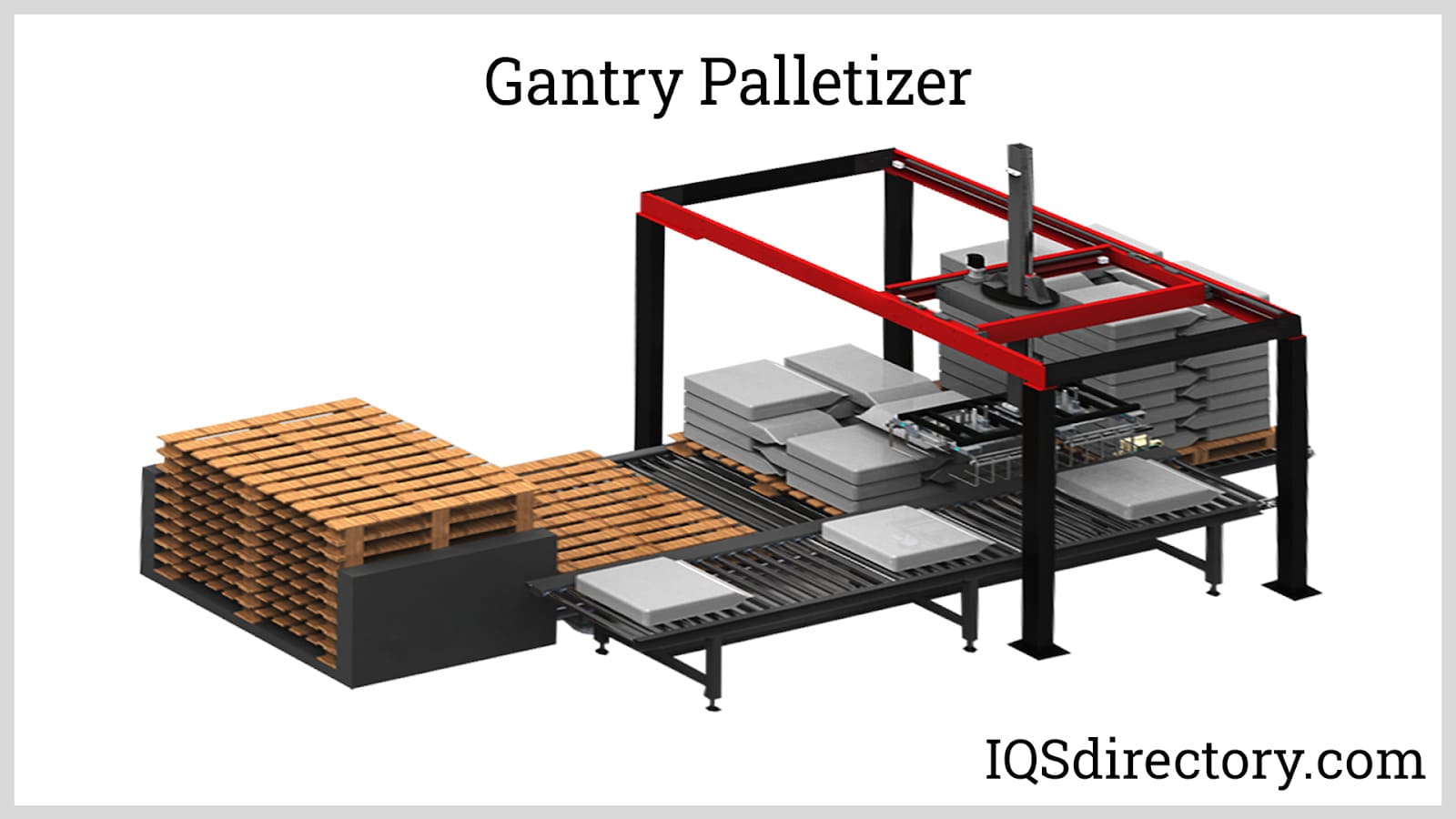
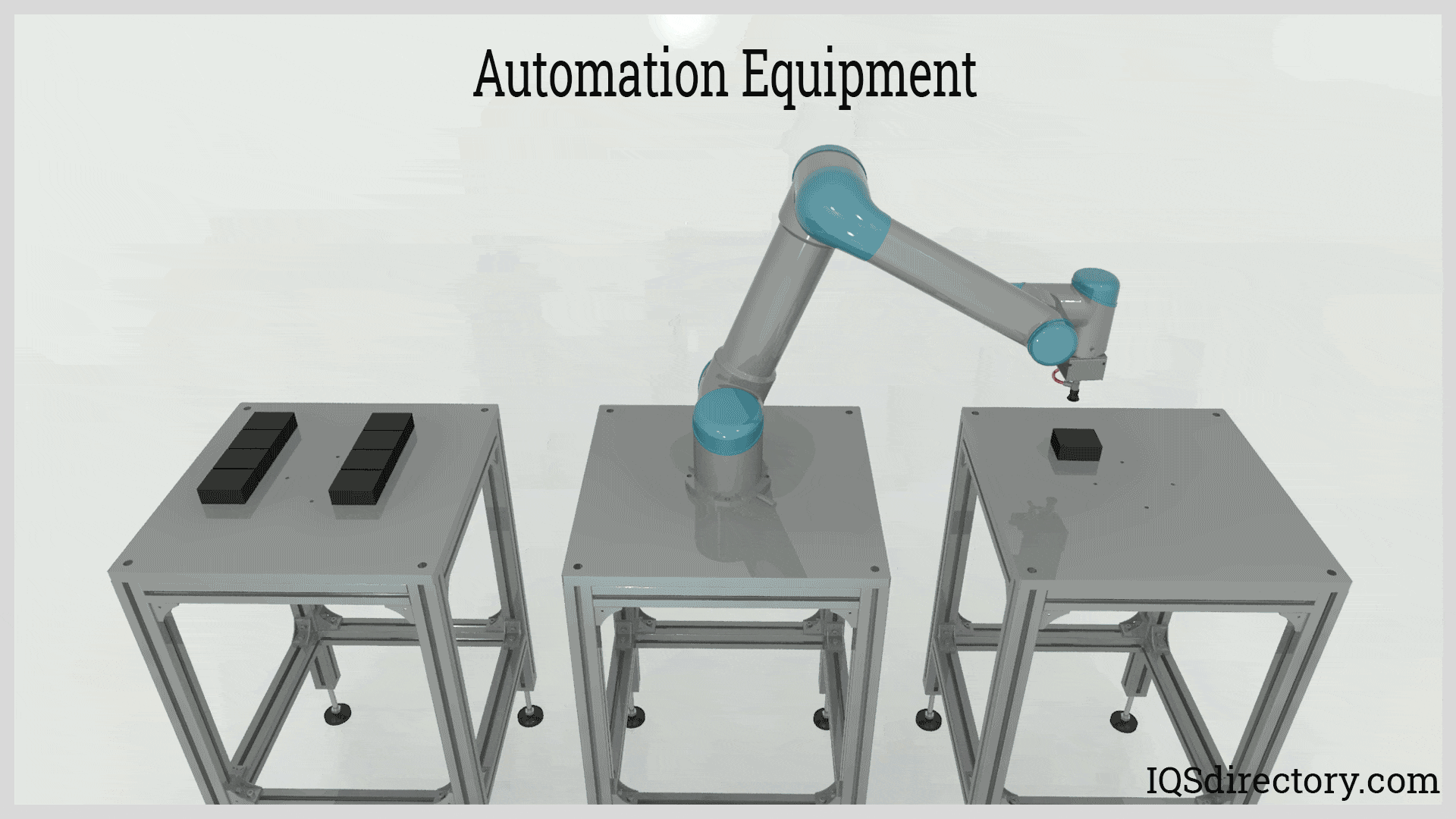
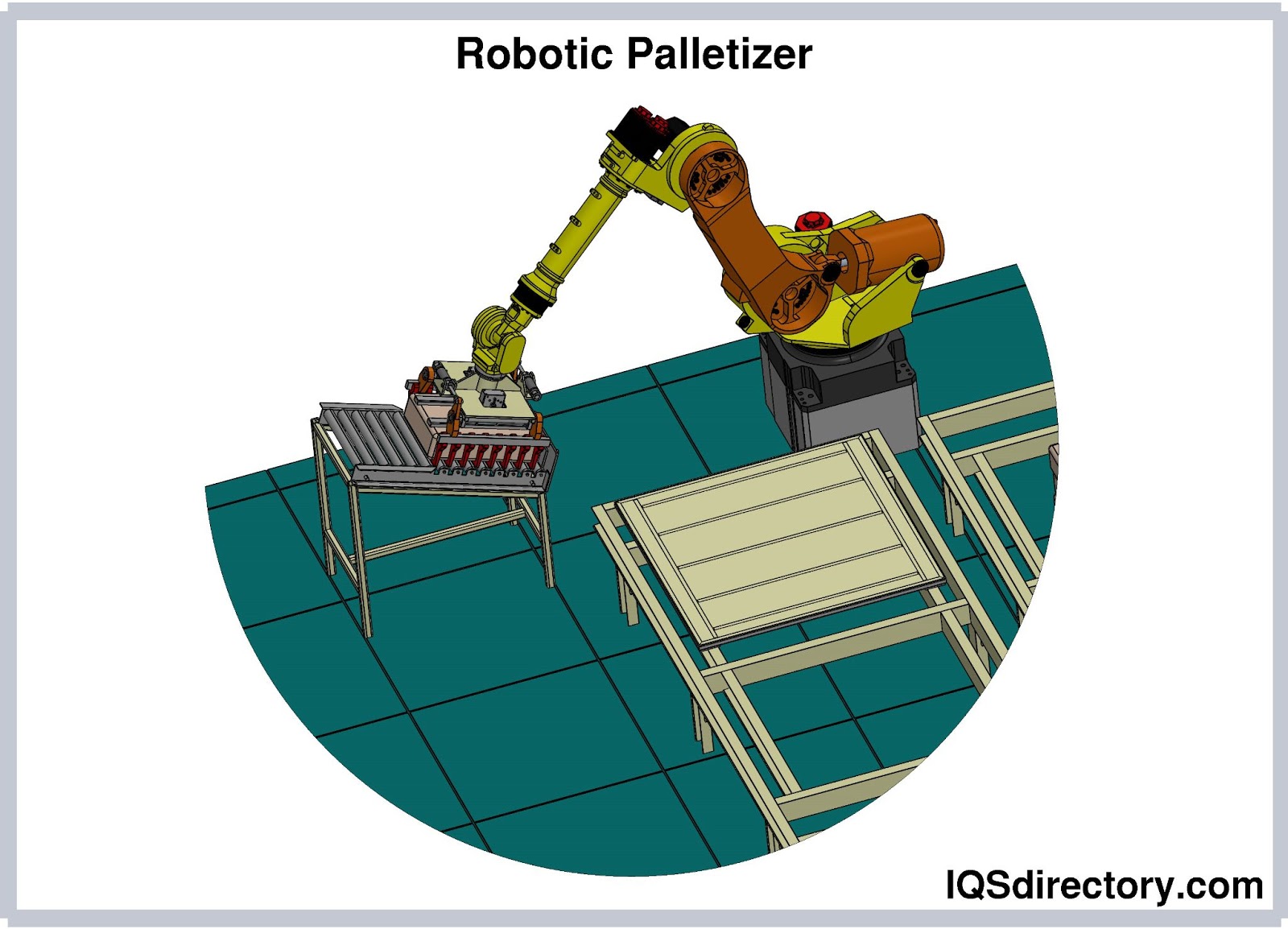
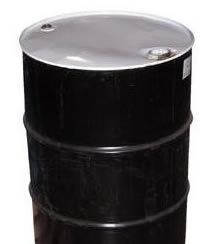 55 Gallon Drums
55 Gallon Drums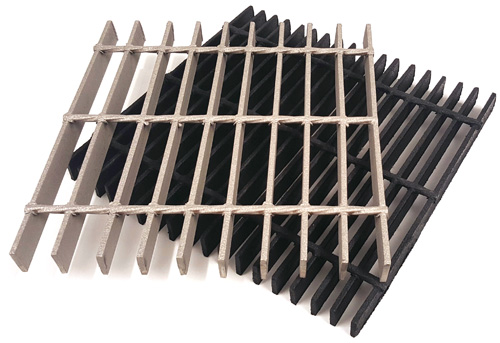 Floor Gratings
Floor Gratings Mezzanines
Mezzanines Modular Buildings
Modular Buildings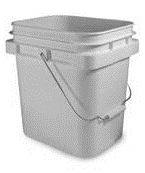 Plastic Containers
Plastic Containers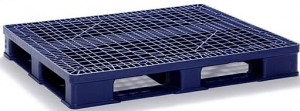 Plastic Pallets
Plastic Pallets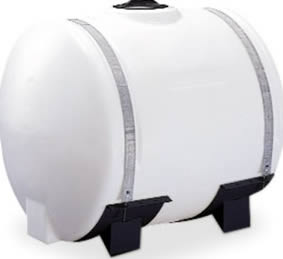 Plastic Tanks
Plastic Tanks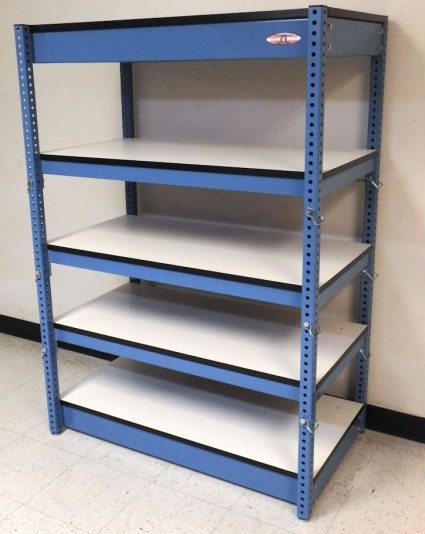 Steel Shelving
Steel Shelving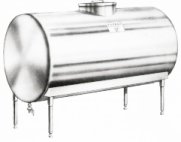 Stainless Steel Tanks
Stainless Steel Tanks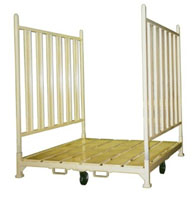 Storage Racks
Storage Racks Work Benches
Work Benches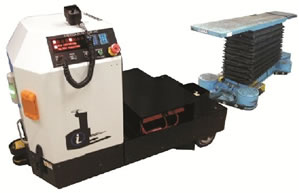 AGV
AGV Air Pollution Control
Air Pollution Control Assembly Machinery
Assembly Machinery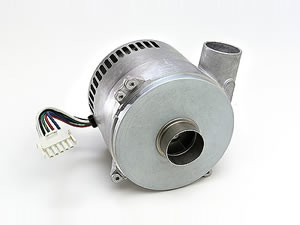 Blowers
Blowers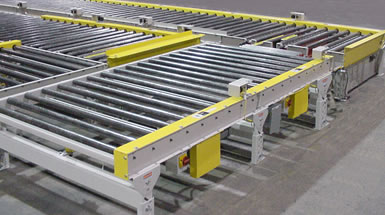 Conveyors
Conveyors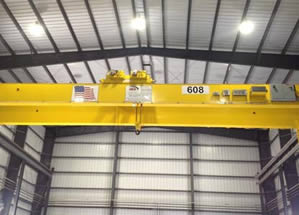 Cranes
Cranes Deburring Machinery
Deburring Machinery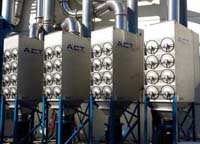 Dust Collectors
Dust Collectors Heaters
Heaters Hose Reels
Hose Reels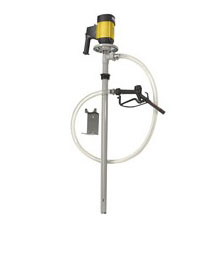 Lubricators
Lubricators Mezzanines
Mezzanines Modular Buildings
Modular Buildings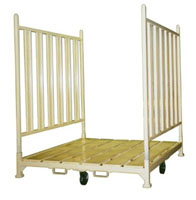 Storage Racks
Storage Racks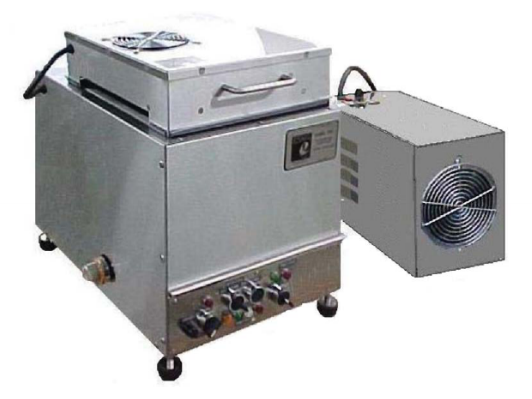 Ultrasonic Cleaners
Ultrasonic Cleaners Work Benches
Work Benches